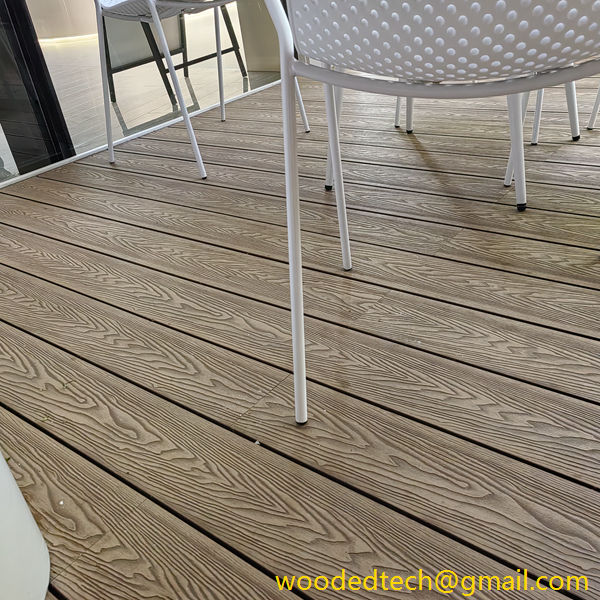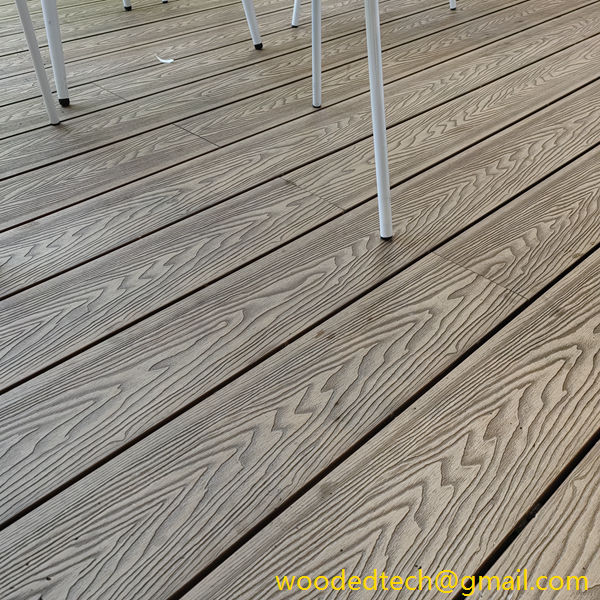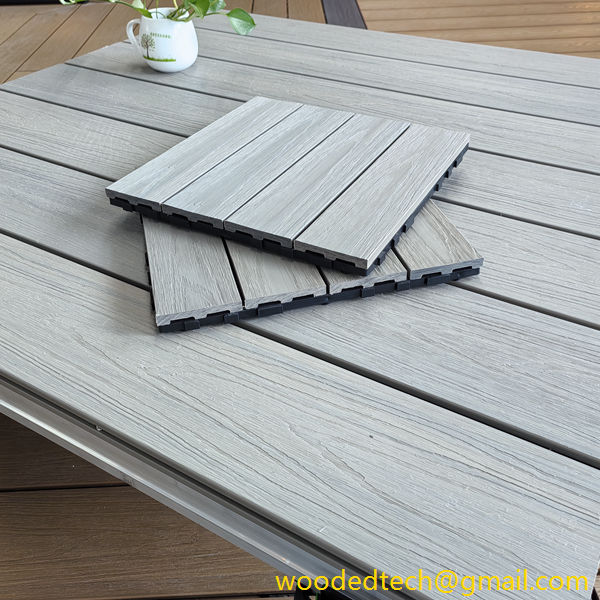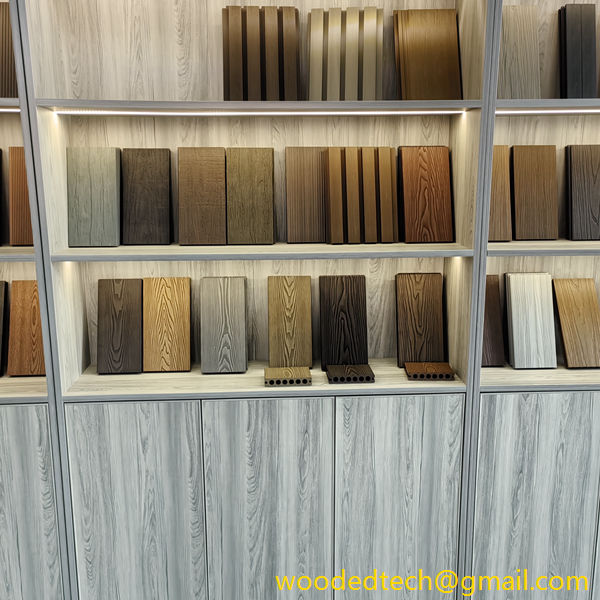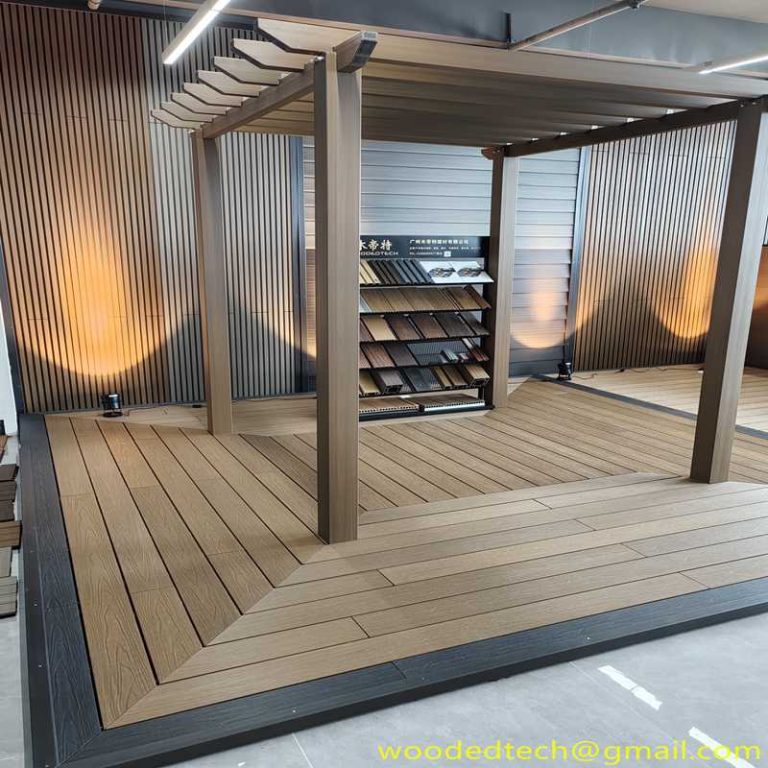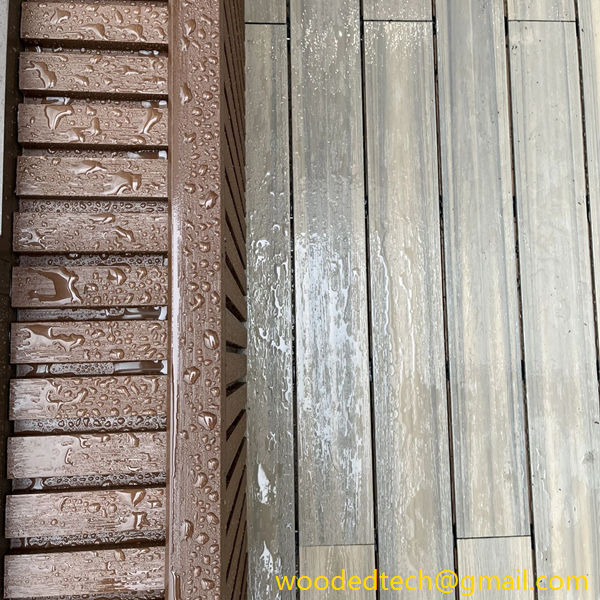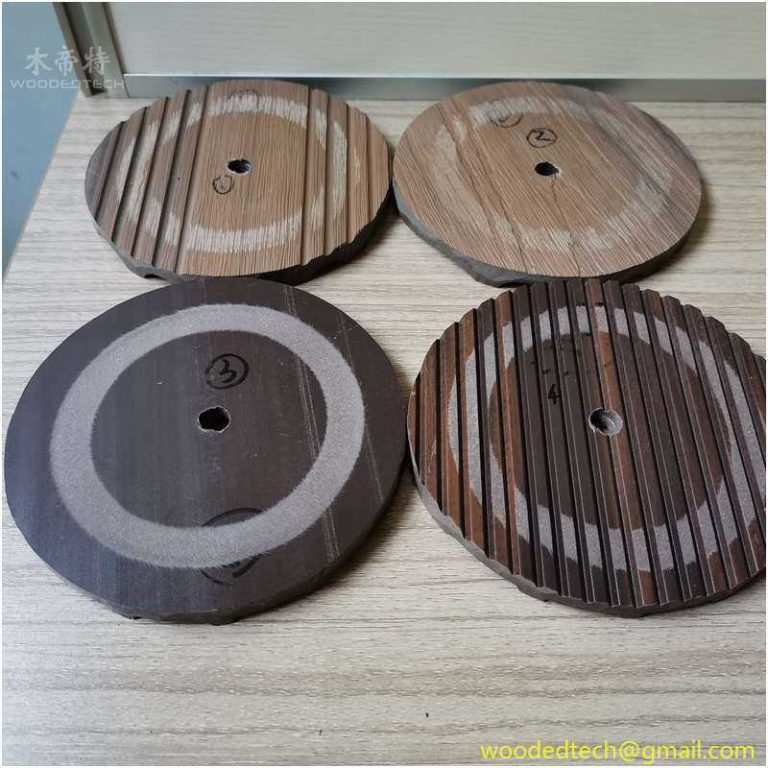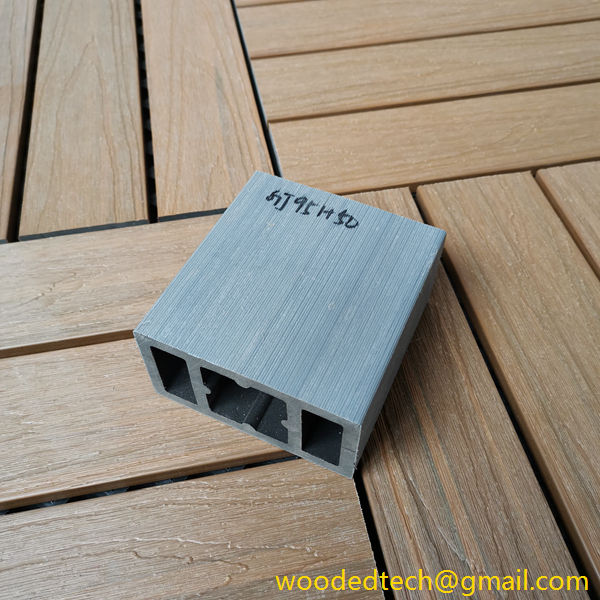Light Oak Composite Decking for a Classic Look
Light Oak Composite Decking for a Classic Look Light oak composite decking has gained significant popularity in recent years, particularly among homeowners and builders seeking a classic yet modern aesthetic for outdoor spaces. The allure of this material lies not only in its visual appeal but also in its practical benefits, which are enhanced by…
Light Oak Composite Decking for a Classic Look
Light oak composite decking has gained significant popularity in recent years, particularly among homeowners and builders seeking a classic yet modern aesthetic for outdoor spaces. The allure of this material lies not only in its visual appeal but also in its practical benefits, which are enhanced by the global distribution of production capacity. Understanding how production is distributed across various regions can provide insights into the availability, quality, and innovation in light oak composite decking.
Composite decking, a blend of wood fibers and recycled plastic, offers a unique combination of durability and aesthetics. The light oak variant mimics the look of traditional oak wood while providing increased resistance to weather conditions, fading, and wear and tear. This makes it an attractive option for patios, decks, and walkways. The classic appearance of light oak complements various architectural styles, making it a versatile choice for homeowners who prioritize both beauty and functionality.
The global production capacity for composite decking is distributed among several key regions, including North America, Europe, and Asia-Pacific. Each region has its unique advantages and challenges that affect the production and distribution of light oak composite decking.
In North America, particularly in the United States and Canada, the demand for composite decking has surged in recent years. This has prompted manufacturers to increase their production capacity significantly. North American companies benefit from access to advanced manufacturing technologies, which allow them to produce high-quality composite materials efficiently. Additionally, the region has a strong focus on sustainability, with many manufacturers using recycled materials in their products. This not only appeals to environmentally conscious consumers but also aligns with regulatory standards aimed at reducing waste and promoting sustainability in construction.
Europe, known for its rich history of craftsmanship and design, also plays a crucial role in the production of light oak composite decking. European manufacturers often emphasize aesthetic appeal and innovation, investing in research and development to create products that meet the evolving preferences of consumers. The European market is characterized by stringent quality standards and regulations, which ensure that composite decking products are safe and durable. As a result, European manufacturers often lead the way in terms of design and innovation, creating unique finishes and textures that set their products apart from competitors.
In the Asia-Pacific region, countries like China and India are emerging as significant players in the composite decking industry. The rapid urbanization and growing middle class in these countries have fueled demand for outdoor living spaces. As a result, manufacturers in this region are scaling up production to meet the increasing needs of consumers. While the focus on quality may not always match that of North American or European manufacturers, the competitive pricing offered by Asian producers can make light oak composite decking more accessible to a broader audience. This distribution of production capacity allows for a diverse range of products to be available in the global market.
The logistics of distributing light oak composite decking also play a vital role in its availability. With the rise of e-commerce and global trade, manufacturers must navigate complex supply chains to ensure their products reach consumers efficiently. The ability to source materials from various regions, coupled with strategic partnerships with logistics providers, enables manufacturers to streamline their operations and reduce costs. This is particularly important for composite decking, as fluctuations in raw material prices can impact production costs.
Sustainability is a key concern for consumers today, and the composite decking industry is responding to this demand. Many manufacturers are adopting eco-friendly practices, such as using recycled materials and implementing energy-efficient production processes. This trend is not only beneficial for the environment but also enhances the marketability of light oak composite decking. As consumers increasingly prioritize sustainable options in their purchasing decisions, manufacturers that embrace these practices are likely to gain a competitive advantage.
Furthermore, the rise of digital marketing and social media has transformed how consumers discover and choose products. Manufacturers are leveraging online platforms to showcase their light oak composite decking, highlight its features, and share customer testimonials. This shift in marketing strategies allows companies to reach a global audience, breaking down geographical barriers and expanding their potential customer base.
In conclusion, light oak composite decking represents a perfect blend of classic aesthetics and modern functionality. The distribution of production capacity across North America, Europe, and Asia-Pacific highlights the global nature of this market. Each region brings its strengths and challenges to the table, contributing to a diverse range of products available to consumers. As sustainability continues to be a driving force in consumer preferences, manufacturers must adapt to changing demands while maintaining quality and innovation. The future of light oak composite decking looks promising, with opportunities for growth and expansion in an increasingly interconnected world. The combination of advanced manufacturing techniques, sustainable practices, and effective marketing strategies will continue to shape the landscape of composite decking, ensuring its place in outdoor design for years to come.

